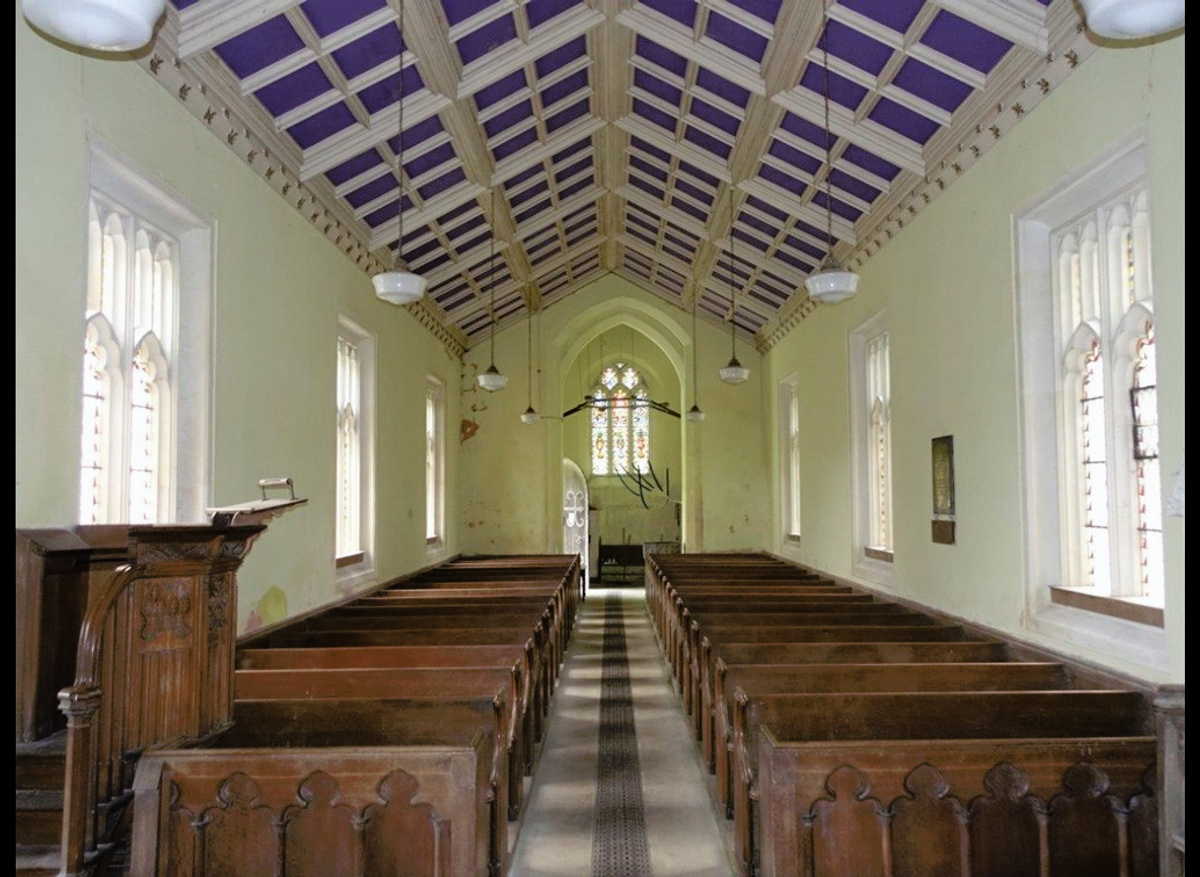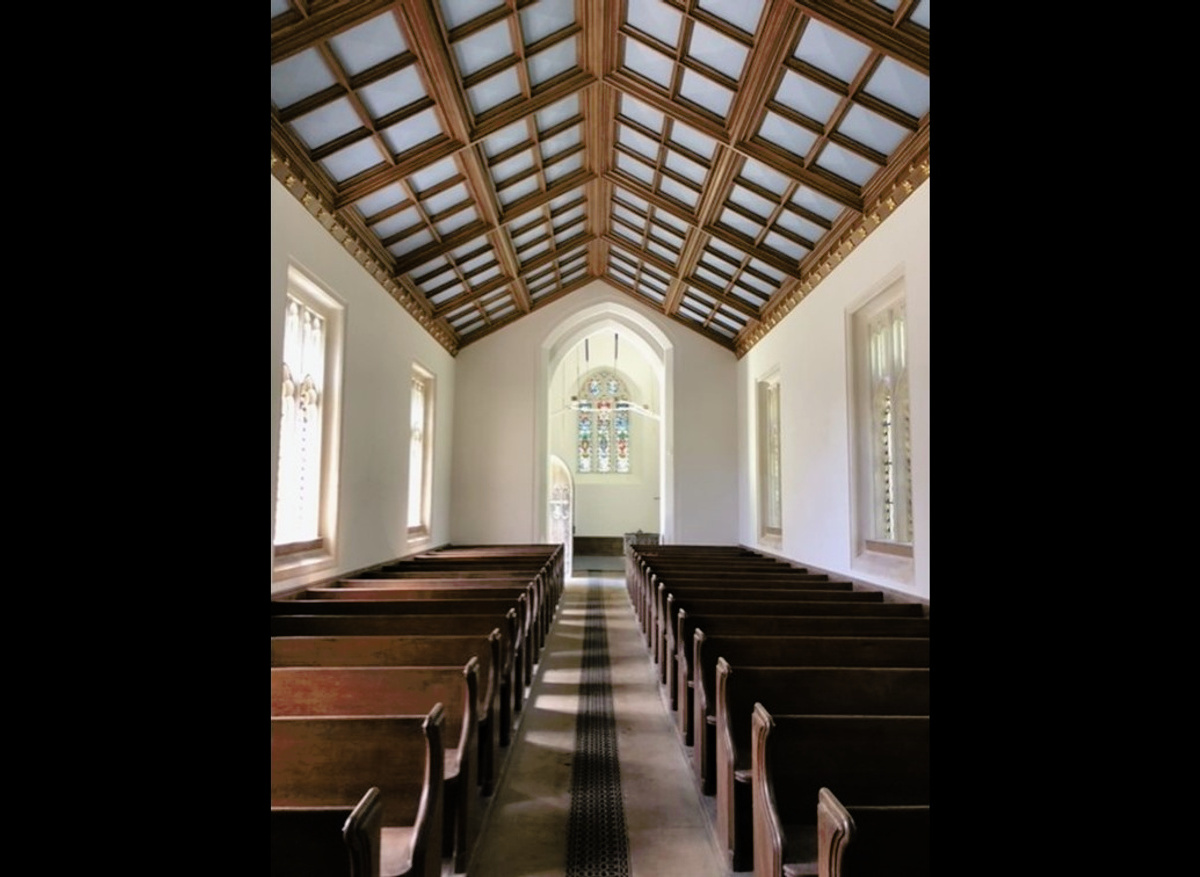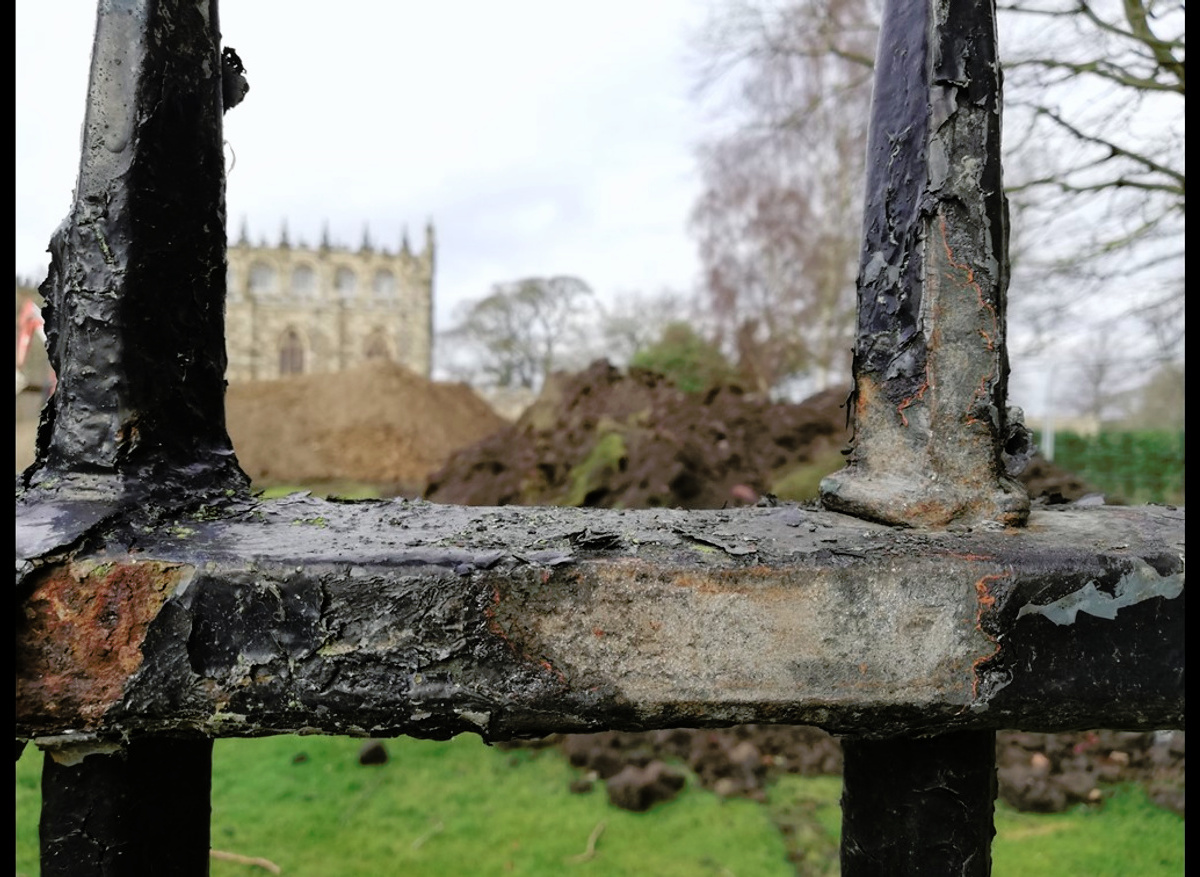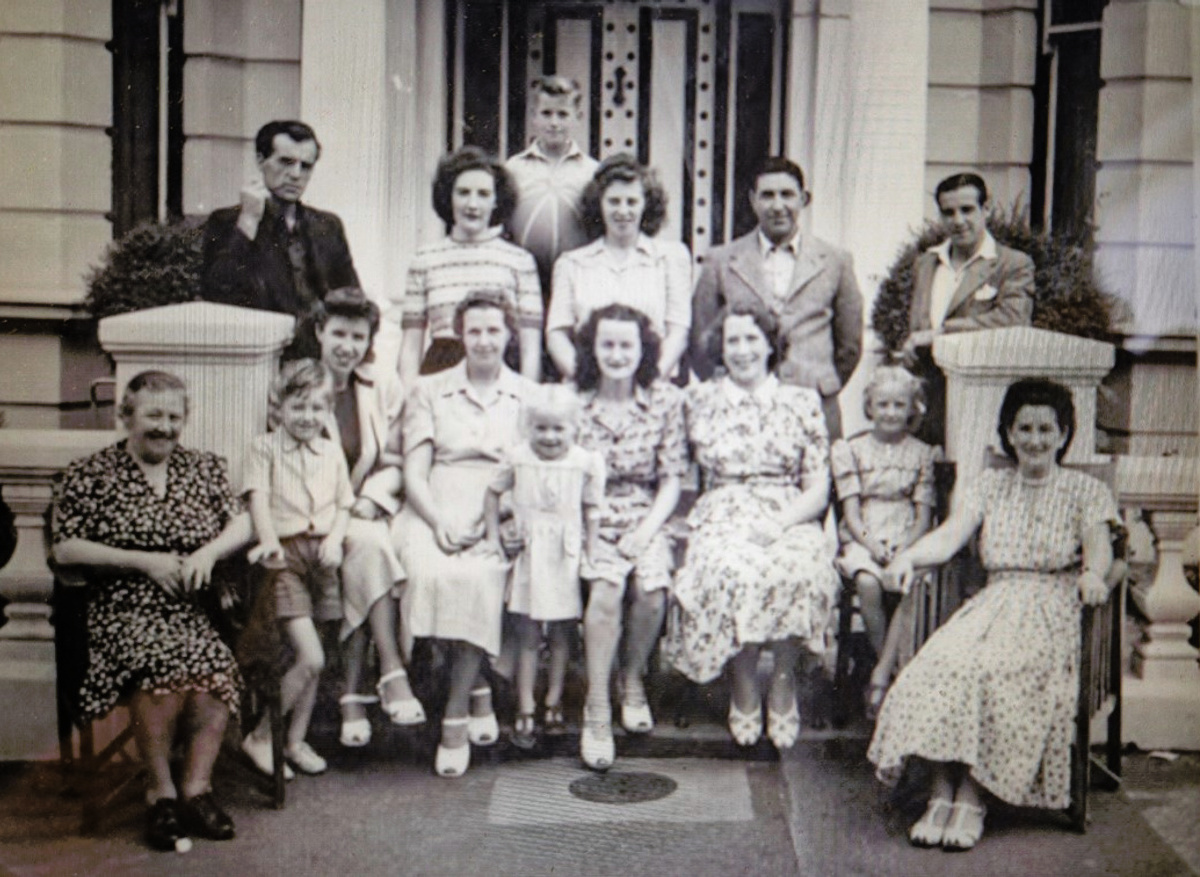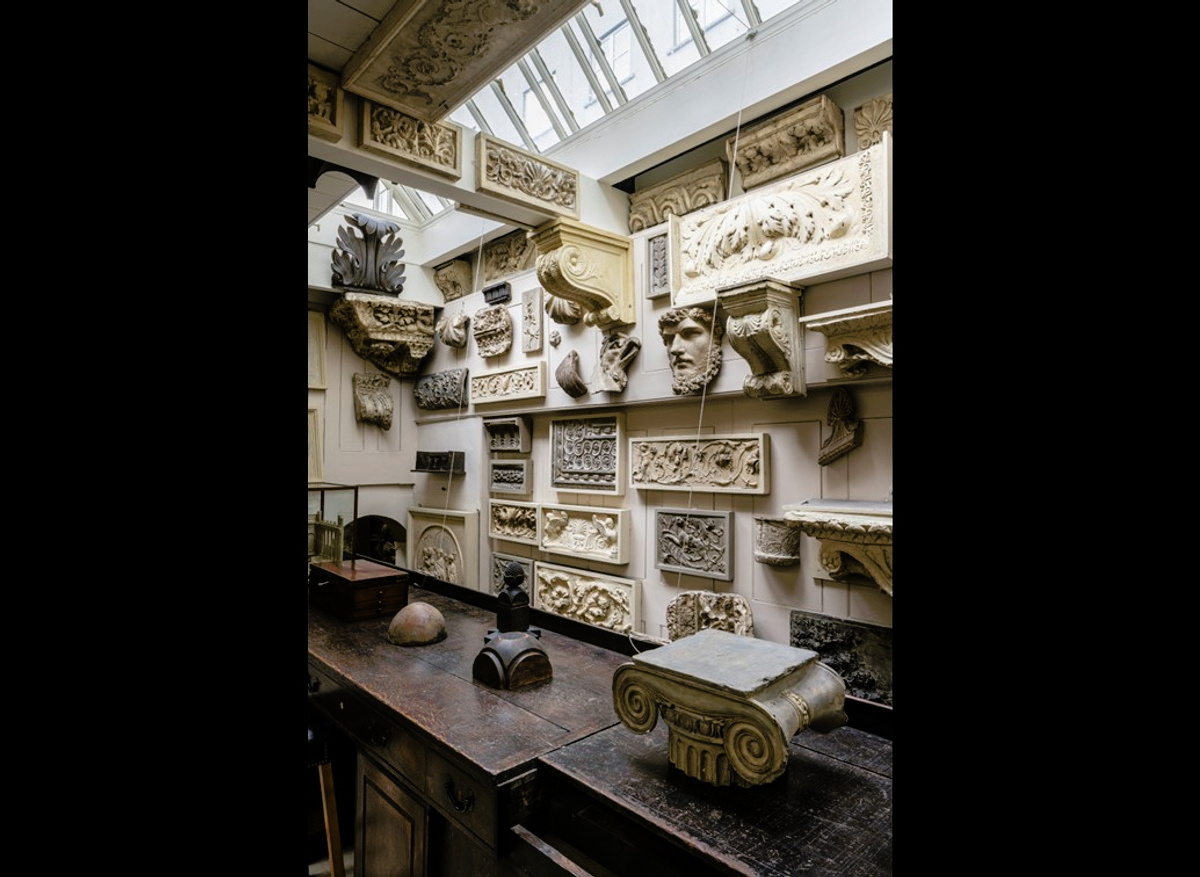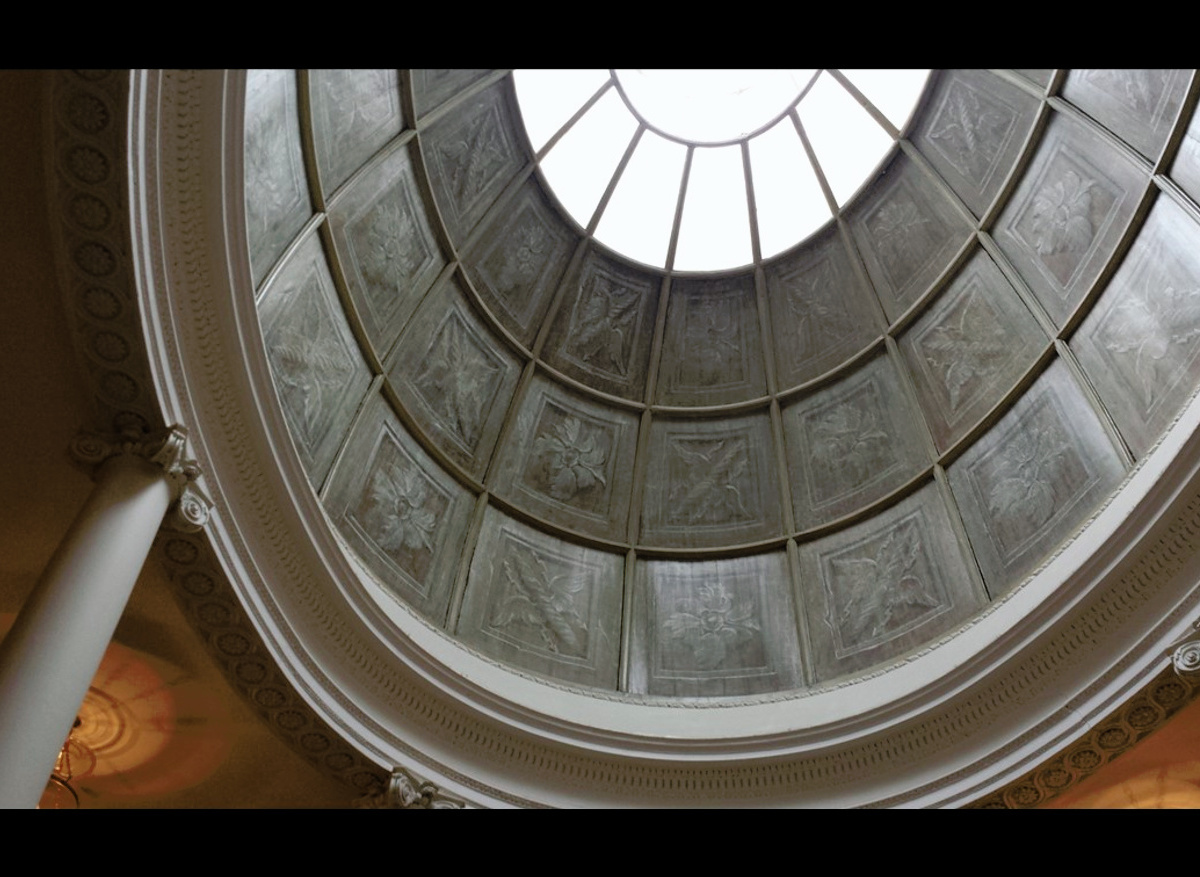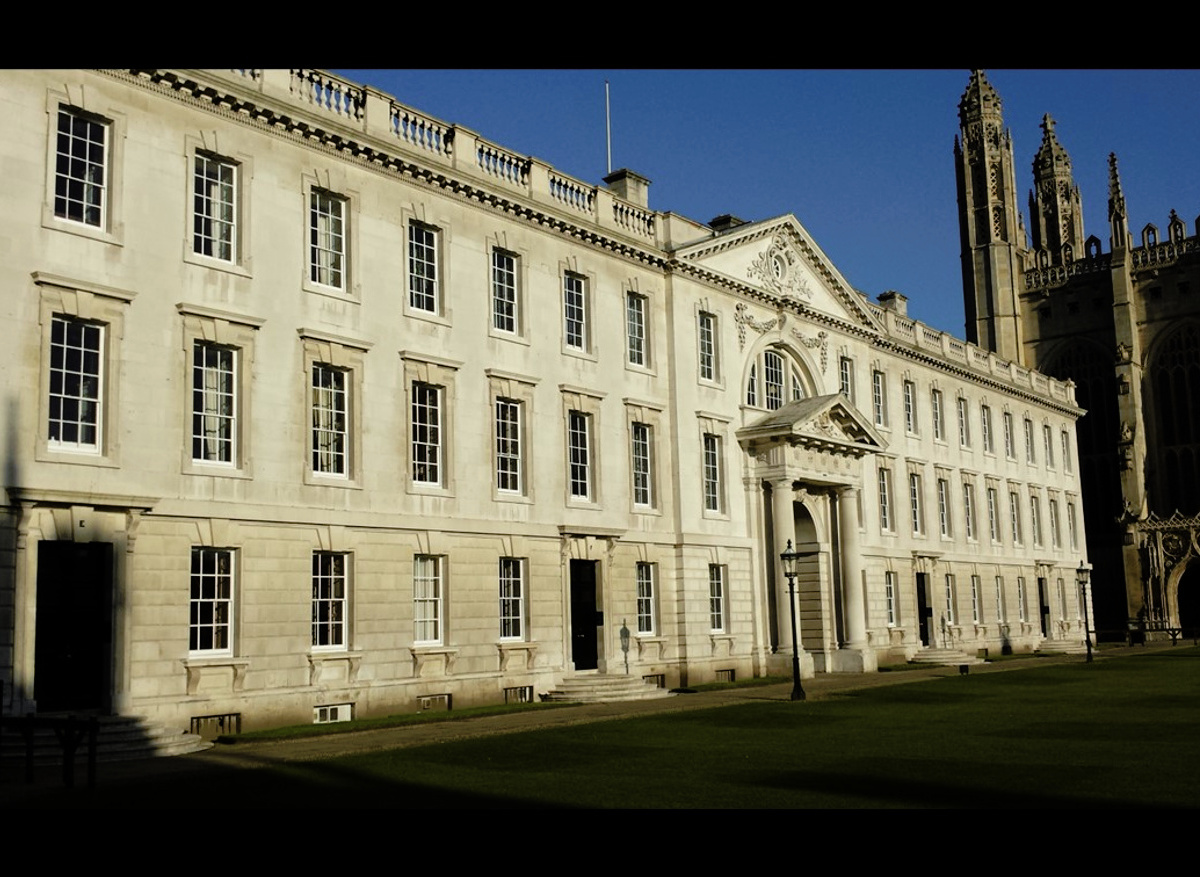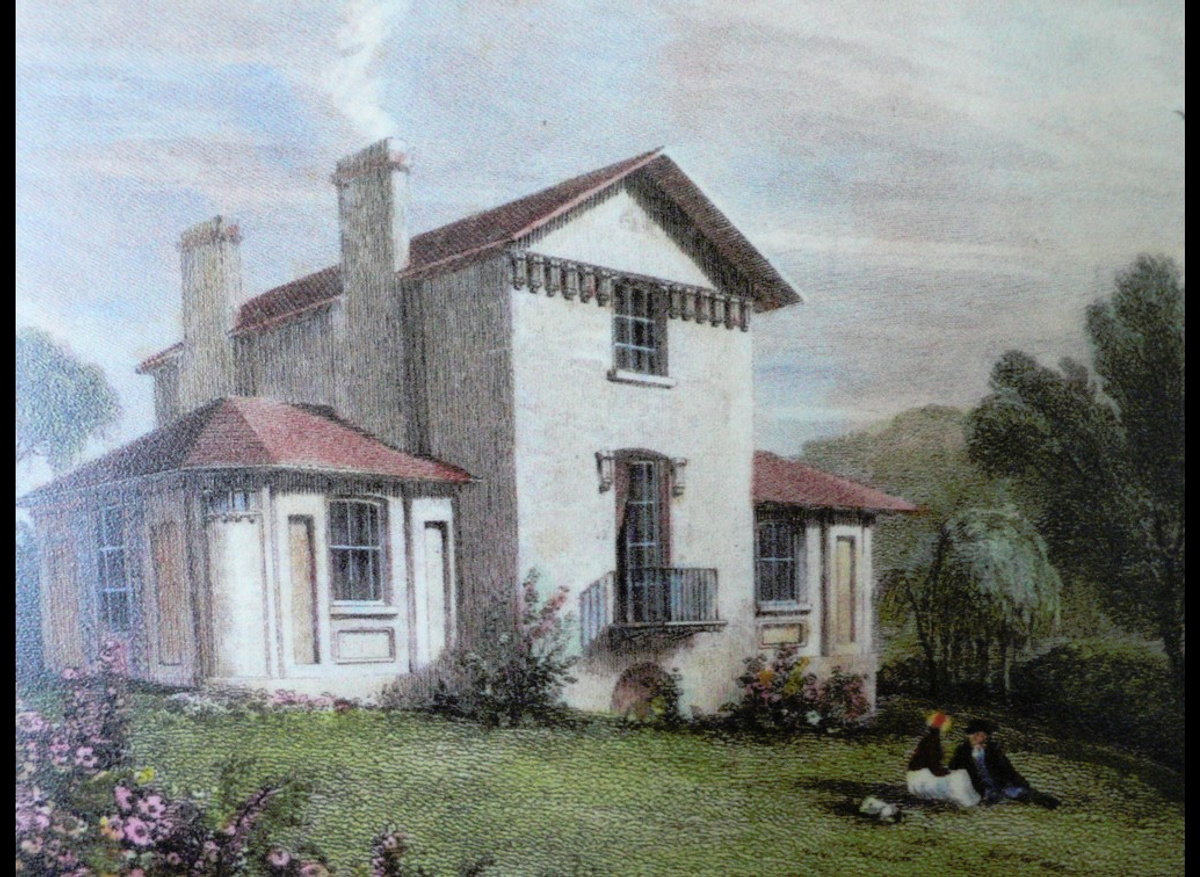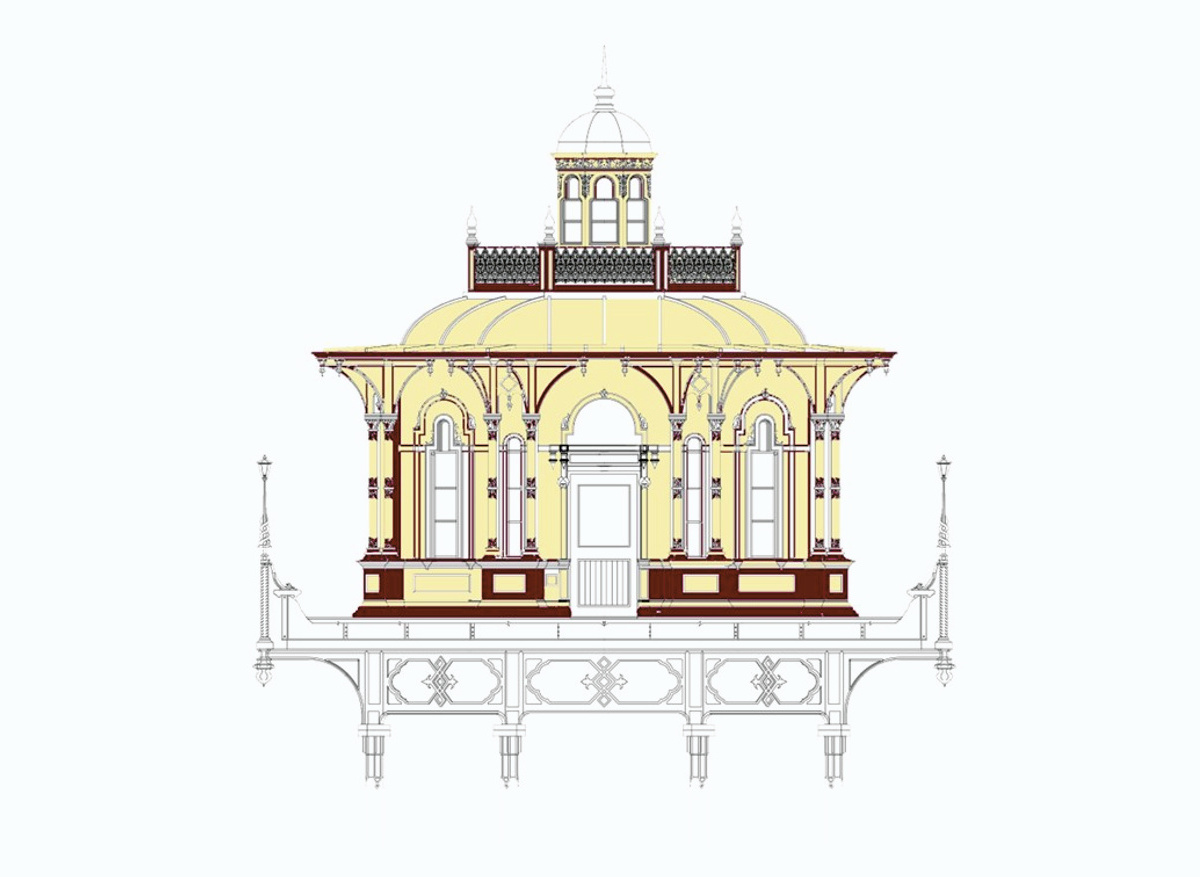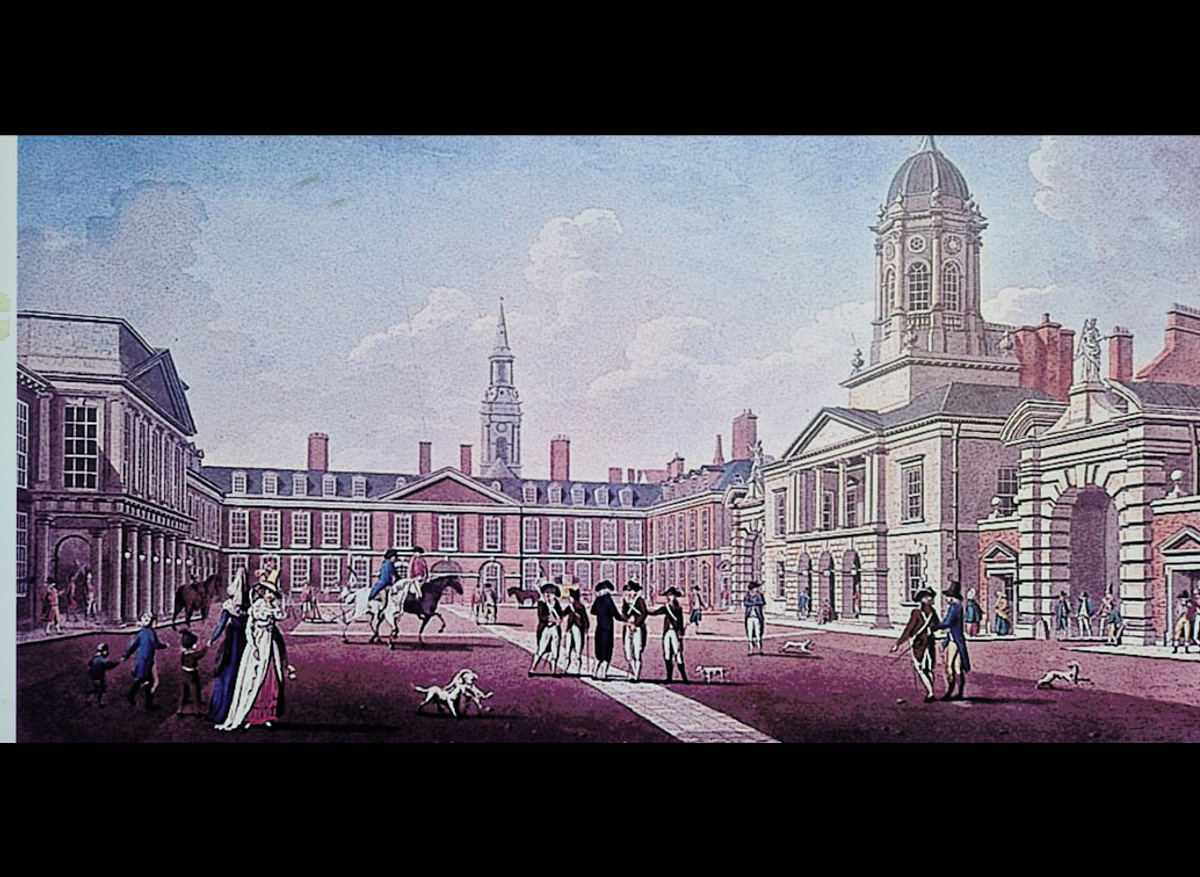Why commissioned APR?
Architectural Paint Research offers a methodology for understanding the decorative history of an architectural element, an interior, or an entire building. It also provides insights into the tastes and aspirations of former occupants. It may be likened to a detective investigation which results in an interesting story.
The research findings may be used to inform future decoration decisions and conservation measures.
Architectural Paint Research is the specialist investigation of the finishes applied by house painters and should not be confused with Wall Paintings Conservation.
Local authorities may suggest that APR is carried out to support a Listed Building Application. All projects must conform with British Standard BS EN 17259 Conservation of Cultural Heritage - Finishes and surfaces of built heritage - Investigation and documentation (APR)
When finding a conservator take care to establish the name of the expert who will be undertaking the Architectural Paint Research. Helen Hughes does not employ assistants or sub-contract the research. She personally carries out all stages of the research bringing her wealth of in-depth experience to provide targeted research and clear findings.
Details of projects carried out and copies of reports produced by Helen Hughes – HIRC may be found www.helenhughes-hirc.com
How to commission Architectural Paint Research (APR)
First establish what you want to learn about your building when preparing your research brief. When approaching a company first ask for the name of the person who will be conducting the research. To ensure their full proficiency in APR request a copy of a report they have already completed. Read the report. It should be logical, readable and useful. Best practice for APR and report format is outlined in BS EN 17259
Avoid firms which sub-contract or simply take samples and send them to chemical laboratories.
It should be possible for your conservator to give a costed method statement for the proposed research based on the photographs, documentation you send them, and preliminary discussion about research aims of the project. In other cases a preliminary site visit may be required.
Importance of Archival Information
You can assist the research process (and reduce costs) by supplying your APR practitioner with any archival information such as historic plans, paintings, photographs, or accounts and bills, which relate to your building.
If a historic survey, heritage statement, or a Conservation Management Plan has been produced, please send copies to your APR practitioner.
The researcher will conduct a desk-top survey collating the existing research into a useful chart before embarking on a detailed site investigation. It may be that the documentary evidence holds a vital clue.
On-site Investigations & Sample Collection
The APR practitioner will then conduct an on-site investigation which usually reveals a great deal about the history of the an interior or an architectural element. It may be possible to identify common historic changes such as the blocking of windows, replacement of fireplaced and changes of fittings. Sometimes the remains of historic decorative finishes may be found hidden behind later additions.
Decorative finishes are commonly stripped of as part of routine renovations. An experienced researcher will be able to identify elements which retain substantial traces of historic finishes. Probing cuts or exposures will be made and recorded. The location of any removed paint samples will be recorded.
Cross-section Analysis of Samples
An experienced architectural paint researcher will undertake all aspects of the research process in-house (desk-top archival research, the onsite investigation, cross-section analysis, and preparation of fully illustrated narrative report). They will possess microscopes with x50 – x500 magnification fitted with ultraviolet illumination.
They will possess an in-depth knowledge of housepainters materials and techniques, and how they fade and discolour, and awareness of the history of interior decorations. They are able to visually identify distinctive marker pigments and media which assist in the dating of decorative phases, and are able to establish pre and post-World War II schemes using ultraviolet illumination. An experienced practitioner is able ‘to read the paint stratigraphy’.
The Final Illustrated Report
The researcher will be able to collate all the findings from the archival information, on-site investigation and paint sample analysis, to produce a narrative account of the decorative history in a fully illustrated report.
An executive summary will provide a summary of the findings.
All of the findings are collated on an A4 Room Chart which offers an at a glance overview of the decorative history of the room or element under investigation.
The body of the report will provide a narrative account of the investigation.
Any additional advanced material analysis will be included in appendices.
The report will also offer conservation options for the future management of the area as stipulated in the Research Brief.#
Biography
Helen Hughes ACR, FIIC
Since 2010 Owner/Director Helen Hughes – Historic Interiors Research & Conservation
2016 BSI appointed UK expert on European Standards Working Group for APR
2012 Fellow of the International Institute of Conservation
2010 Honorary Professor of Conservation Lincoln University
2006 ICCROM Scholar – Sharing Conservation Decisions
2002 -2004 Trustee of Interim Board of Icon
1999 Accredited Icon ACR
1995 Attingham Summer School Scholar
1986 Winston Churchill Travelling Fellowship (Post- war reconstruction in USSR & Poland)
(1985 – 2010) Head of Architectural Paint Research Unit, English Heritage
Diploma Conservation of Easel Painting Gateshead Technical College Honours
1979 Bachelor of Arts with Honours in Art History & Architecture, University College LondonClient testimonials
GQA are historic building architects. We have used Helen’s services over many years. She has always impressed us with her knowledge, expertise and diligence. In the recent past, she advised us on JM Barrie’s house and the Gibbs Building at Kings College, Cambridge. We are currently working together on Robert Adam’s Mansfield Street townhouse where Helen has not only explained the history all the historic paint scheme, but also helped reveal the authenticity and age of the historic joinery.
Giles Quarme
Owner Director of Giles Quarme Architects
Helen’s research into the historic paint schemes at Long Crichel Church, Dorset, transformed the interior. Her expertise enabled targeted sampling and revealed fascinating insights into the building’s decorative development. Her thorough report, supported by clear diagrams, plans, photographs, and photomicrographs, helped us to understand complex paint layers and make informed decisions about the building’s presentation. Beyond her professional input, Helen also supported outreach, including delivering an engaging talk about her work on the project.
Racel Morley
Director of The Friends of Friendless Churches

